Name Cecile DeWitt-Morette | ||
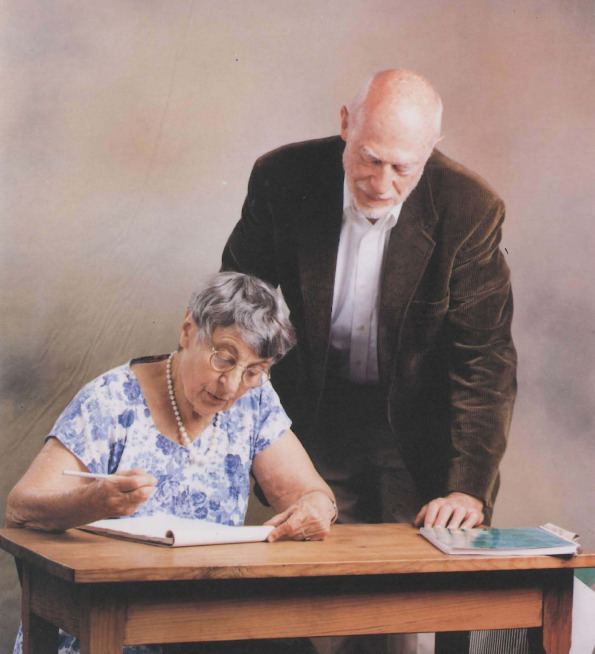 | ||
Residence United States of America Fields Theoretical physicsFunctional integration Institutions Institute for Advanced StudyUniversity of North Carolina at Chapel HillUniversity of Texas at Austin Known for Ecole de Physique des Houches Spouse Bryce DeWitt (1951-2004; his death); 4 children | ||
Notable awards Marcel Grossmann Award | ||
Freeman dyson meeting feynman with cecile dewitt morette the proof needed 77 157
Cécile Andrée Paule DeWitt-Morette (born 21 December 1922) is a French mathematician and physicist. She founded a summer school at Les Houches in the French Alps. For this and her publications, she was awarded the American Society of the French Legion of Honour 2007 Medal for Distinguished Achievement. Attendees at the summer school included over twenty students who would go on to be Nobel Prize winners, including Pierre-Gilles de Gennes, Georges Charpak, and Claude Cohen-Tannoudji, who identify the school for assisting in their success.
Contents
- Freeman dyson meeting feynman with cecile dewitt morette the proof needed 77 157
- Biography
- Work
- Expedition to test general relativity
- Awards and Honors
- Selected works
- References
Biography

Cécile Morette was born in 1922 and brought up in Normandy, where in 1943 she earned her License des Science from the University of Caen.
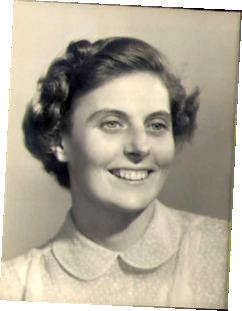
Despite her original intention to become a surgeon, she completed her degree in mathematics, physics, and chemistry due to limited opportunities to attend medical school in France during World War II.
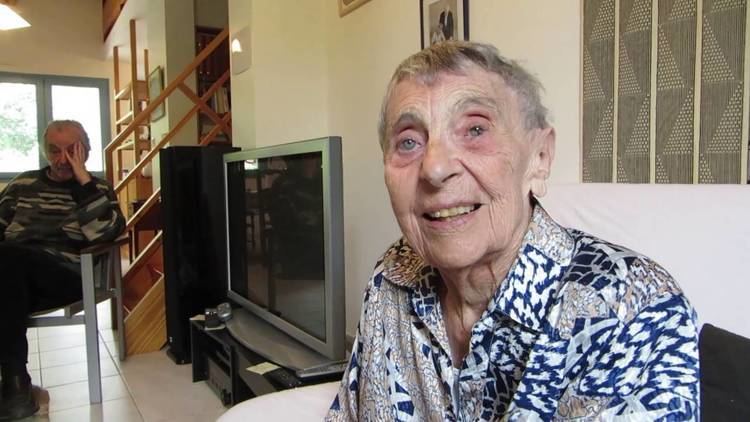
Following the completion of her bachelor's degree, Morette entered the University of Paris, where she was studying when her mother, sister, and grandmother were tragically killed in the Allied bombing of Caen to support the D-Day landings. In 1944, while still working toward her doctorate at the University of Paris, Morette took a job at the Centre National de la Recherche Scientifique, then under the direction of Frederic Joliot-Curie. She completed her Ph.D. (Sur la production des mésons dans les chocs entre nucléons) in 1947.
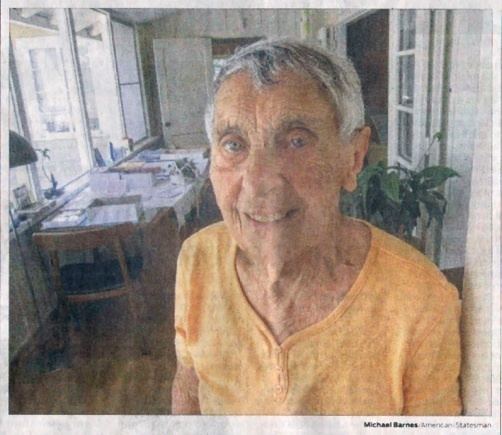
In 1948 she was invited to the Institute for Advanced Study in Princeton, New Jersey by Robert Oppenheimer, who had recently become director of the Institute. There she met her future husband and scientific collaborator, American physicist Bryce DeWitt; the couple married in 1951, and would have four children.
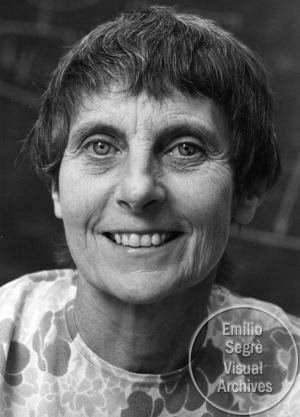
To revitalize French research in mathematics and physics following the war, DeWitt-Morette established a summer school at Les Houches in the French Alps in 1951. She tells stories of how she obtained the funding by tricking her way into a minister's office and then persuaded her male colleagues to support the idea by pretending that the idea was theirs.
Morette was to lead this school for the next 22 years. The school was able to list twenty former students or lecturers at the school who went on to become Nobel laureates. One winner of the Fields Medal credited the summer school as responsible for his career in mathematics. Nobel laureates Pierre-Gilles de Gennes, Georges Charpak, and Claude Cohen-Tannoudji identified the school as helping with their success. In 1958, NATO funded a series of advanced study centres that were based on Morette's summer school.
Bryce DeWitt died in 2004 from cancer. In 2007, DeWitt-Morette was awarded the American Society of the French Legion of Honour 2007 Medal for Distinguished Achievement in New York. She was then the Jane and Roland Blumberg Centennial Professor Emerita of Physics at the University of Texas at Austin.
Work
In 1953 a trustee of the unusual Gravity Research Foundation, Agnew Bahnson, contacted Bryce DeWitt with a proposal to fund a gravity research institute. The proposed name was agreed as the "Institute for Field Physics" and it was established in 1956 at the University of North Carolina at Chapel Hill under the direction of Bryce and Morette.
In 1958 Cécile DeWitt-Morette invited Léon Motchane to see the Institute of Advanced Study in USA which inspired Léon Motchane to establish an institute dedicated to fundamental research in three areas: mathematics, theoretical physics, and the methodology of human sciences upon which he later created the Institut des Hautes Études Scientifiques.
Expedition to test general relativity
In 1972 Morette and her husband led an expedition to Mauritania to confirm that light was deflected in line with the theory of general relativity. These measurements were made during the solar eclipse there. Comparison of the pictures with those made six months later confirmed that, in line with theory, light was indeed bent when passing by massive objects. Morette and her husband joined the faculty of the University of Texas in 1972. She began to work increasingly in physics rather than in mathematics, and she became a Professor in 1985.
Awards and Honors
In 2007 Professor Cécile DeWitt-Morette was awarded the American Society of the French Legion of Honour 2007 Medal for Distinguished Achievement in New York. She was then the Jane and Roland Blumberg Centennial Professor Emerita of Physics at the University of Texas at Austin.
